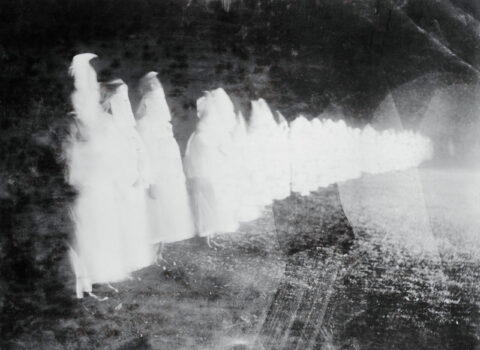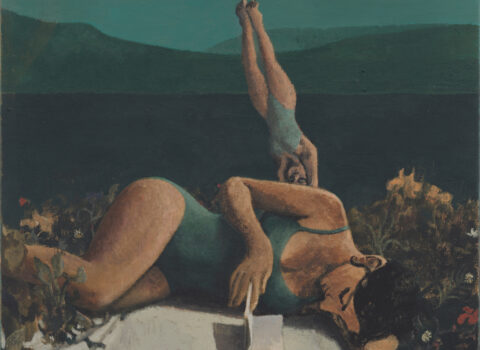A few years ago I found myself close to an episode of tabloid intrigue. A friend’s uncle was accused of murdering his wife in a rich Connecticut town. He attempted suicide before the case went to trial. I sat in a hospital waiting room watching Maury as he was taken off life support. Some of his belongings—a loaf of Wonder Bread, cloth napkins—came into my possession. Long after his story dropped from the front pages, I thought of him whenever I wiped my mouth.
I enjoyed talking about the crime—having it to talk about. I was at a safe remove…





